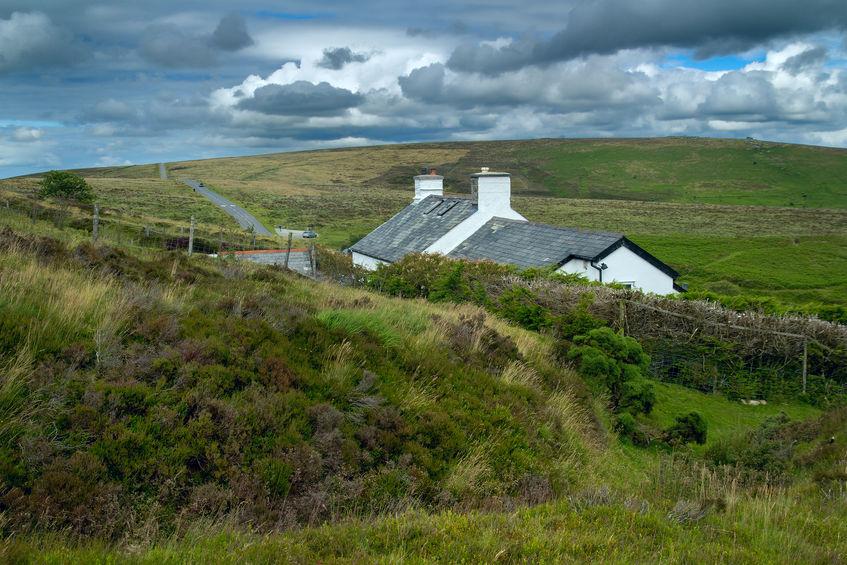
Rented homes in the countryside face higher costs and fewer options to meet new requirements of minimum energy efficiency standards, according to the CLA.
The Government has this week announced that landlords are required to spend £3,500 improving properties with the lowest energy performance ratings.
But the CLA, whose members provide around 40% of all private rented housing in the countryside, said rural areas are hit hardest by these regulations because properties not connected to the gas network are automatically scored lower for using alternative fuels.
The rural organisation said that since the Green Deal ended in 2015, the industry has been in an uncertain position waiting to understand what steps a landlord must take to comply.
CLA President Tim Breitmeyer said: “Landlords are still in limbo because despite these regulations coming into force almost seven months ago, the Government must still find time in a packed parliamentary timetable to implement the changes, so the uncertainty looks set to continue.
“We want to encourage better investment in the rural private rented sector to provide safe, warm homes. The majority of our members have already taken steps to ensure their properties comply with these energy efficient requirements, and in many cases, have invested far greater amounts than the £3,500 cap.”
He added: “However, around four million properties are off the grid and rely on fuel which is more expensive than gas. This automatically results in a lower score than their urban counterparts, which increases the costs of compliance. Removing fuel price from how properties are judged would help to address this issue.”
From 1 April 2018 it became illegal for a private landlord to let a property with an energy performance certificate (EPC) rating lower than E to a new tenant, and from 1 April 2020 this will apply to all existing tenancies.
The Government estimates there are 290,000 F or G rated properties in the domestic private rented sector, predominantly in rural areas, which is around 6% of the overall domestic market.
The expected cost pf making these properties warmer and raising the EPC rating to E will cost on average £1,200 per property.
